Home>Gardening & Outdoor>Garden Tools & Equipment>How To Dispose Of A Leaf Blower
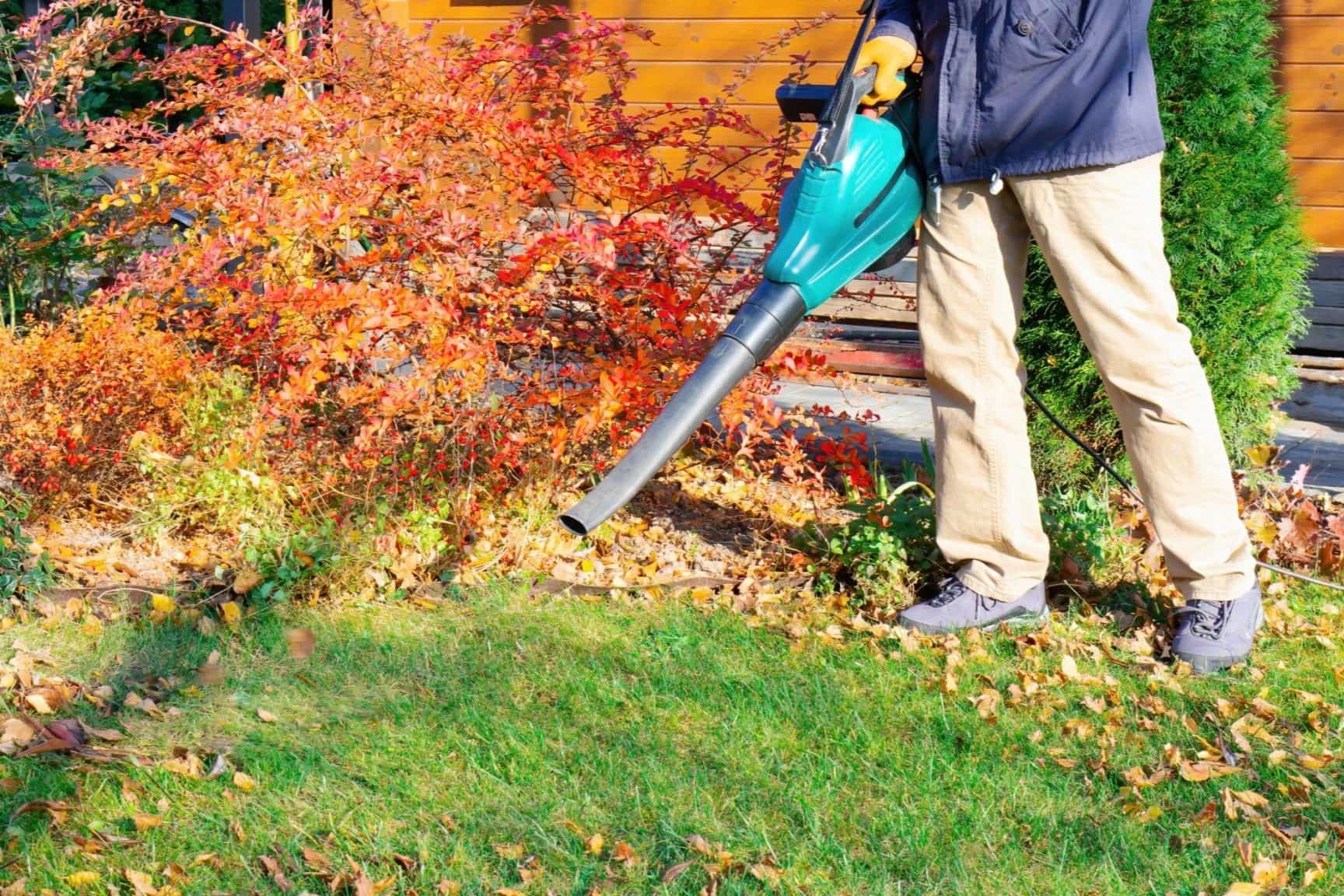

Garden Tools & Equipment
How To Dispose Of A Leaf Blower
Modified: August 27, 2024
Learn the proper way to dispose of a leaf blower and other garden tools and equipment. Follow these guidelines for safe and environmentally friendly disposal.
(Many of the links in this article redirect to a specific reviewed product. Your purchase of these products through affiliate links helps to generate commission for Storables.com, at no extra cost. Learn more)
Introduction
When it comes to the end of a leaf blower's lifespan, knowing how to properly dispose of it is crucial for both environmental and safety reasons. Whether your leaf blower has reached the end of its useful life due to wear and tear, or you're upgrading to a new model, responsible disposal is essential. In this guide, we'll walk you through the steps to safely and eco-consciously dispose of your leaf blower. By following these steps, you can ensure that the process is not only hassle-free but also environmentally friendly.
Properly disposing of a leaf blower involves several key steps, including draining the fuel, removing the spark plug, disassembling the blower, and recycling or disposing of the parts. Each of these steps plays a crucial role in ensuring that the leaf blower is safely and responsibly disposed of, minimizing its impact on the environment.
Whether you're a seasoned gardener or a casual homeowner, understanding the proper disposal process for a leaf blower is essential. By taking the time to follow these steps, you can make a positive impact on the environment while safely retiring your old leaf blower. So, let's dive into the details of each step and learn how to dispose of a leaf blower the right way.
Key Takeaways:
- Safely dispose of a leaf blower by draining fuel, removing the spark plug, and recycling its parts. This eco-friendly process minimizes environmental impact and promotes sustainability.
- Responsible leaf blower disposal reduces landfill waste and conserves resources. By following proper steps, you can make a positive impact on the environment and inspire others to do the same.
Read more: What Is A Leaf Blower
Step 1: Drain the Fuel
Before you begin the process of disposing of your leaf blower, it’s essential to start with draining the fuel. This step is crucial for safety reasons and is an environmentally responsible practice. Here’s how to effectively drain the fuel from your leaf blower:
- Find a Well-Ventilated Area: Start by locating a well-ventilated outdoor area to work on your leaf blower. This will help prevent the buildup of potentially harmful fumes during the fuel-draining process.
- Allow the Engine to Cool: If the leaf blower has been in use, allow it to cool down completely before proceeding. This prevents the risk of accidental burns or fuel spillage due to hot engine components.
- Locate the Fuel Tank: Identify the fuel tank on your leaf blower. Depending on the model, it may be located near the top or back of the blower. Once located, prepare to empty its contents.
- Use a Fuel Container: Prepare a suitable fuel container to collect the drained fuel. A clean, approved fuel container is recommended for this purpose. It’s important to use a container specifically designed for fuel storage to ensure safe handling and disposal.
- Remove the Fuel Cap: Carefully unscrew the fuel cap from the tank to access the fuel. Be cautious to prevent any spillage during this step.
- Drain the Fuel: Tilt the leaf blower carefully to pour the fuel from the tank into the designated fuel container. Take your time to ensure that as much fuel as possible is removed from the tank. It’s crucial to avoid spillage and minimize environmental impact.
- Secure the Fuel Container: Once the fuel is drained, securely fasten the cap on the fuel container to prevent any leaks or spills. Ensure that the container is labeled appropriately for future identification.
- Dispose of the Fuel Properly: Contact your local waste management or recycling center to inquire about the proper disposal of the drained fuel. Many areas have specific guidelines for handling and recycling used fuel, and it’s important to adhere to these regulations for safe and responsible disposal.
By following these steps, you can safely and effectively drain the fuel from your leaf blower, setting the stage for the subsequent disposal process. Properly handling the fuel not only minimizes environmental impact but also ensures a safer and more efficient disposal experience.
Step 2: Remove the Spark Plug
After draining the fuel from your leaf blower, the next important step in the disposal process is to remove the spark plug. This step is essential for preventing accidental ignition and ensuring the safe handling of the equipment. Here’s how to effectively remove the spark plug from your leaf blower:
- Locate the Spark Plug: Start by identifying the location of the spark plug on your leaf blower. It is typically situated near the engine and is connected to a thick, insulated wire.
- Allow the Engine to Cool: If the leaf blower has been in use, ensure that the engine has cooled down completely before proceeding. This reduces the risk of accidental burns and ensures safer handling.
- Disconnect the Spark Plug Wire: Carefully disconnect the spark plug wire from the spark plug. It’s important to handle the wire gently to avoid damaging it during the disconnection process.
- Remove the Spark Plug: Utilize a spark plug wrench or socket to carefully loosen and remove the spark plug from its housing. Take care to avoid damaging the surrounding components during this step.
- Inspect the Spark Plug: Once removed, take a moment to inspect the spark plug for any signs of damage or wear. If the spark plug appears to be in good condition, it can be set aside for potential reuse or recycling.
- Secure the Spark Plug Wire: After removing the spark plug, securely reattach the spark plug wire to prevent it from coming into contact with any metal components. This reduces the risk of accidental sparks and ignition during subsequent handling and transportation.
- Store the Spark Plug Safely: If the spark plug is in good condition and you plan to reuse it or recycle it, store it in a safe and secure location to prevent damage or loss.
- Dispose of Damaged Spark Plugs: If the spark plug shows signs of damage or wear that render it unusable, it should be disposed of properly. Contact your local recycling center or waste management facility to inquire about the appropriate disposal method for damaged spark plugs.
By following these steps, you can safely remove the spark plug from your leaf blower, minimizing the risk of accidental ignition and ensuring the safe handling of the equipment during the disposal process. Properly managing the spark plug is an essential aspect of responsibly retiring your leaf blower.
To dispose of a leaf blower, first check if it can be recycled at a local recycling center. If not, take it to a hazardous waste facility for proper disposal. Never throw it in the regular trash.
Step 3: Disassemble the Leaf Blower
Once the fuel has been drained and the spark plug removed, the next step in the leaf blower disposal process involves disassembling the unit. Disassembling the leaf blower not only facilitates the recycling and disposal of its components but also ensures that potentially hazardous materials are handled safely. Here’s how to effectively disassemble the leaf blower:
- Gather Necessary Tools: Before beginning the disassembly process, gather the appropriate tools such as screwdrivers, wrenches, and pliers. Having the right tools on hand will make the disassembly process more efficient.
- Refer to the User Manual: If available, refer to the leaf blower’s user manual for guidance on disassembly. The manual may provide specific instructions for removing various components and accessing internal parts of the blower.
- Remove the Housing: Start by removing the housing or casing of the leaf blower to access its internal components. This may involve unscrewing and carefully lifting off the housing to reveal the blower’s inner workings.
- Separate Components: As you disassemble the leaf blower, carefully separate its components, such as the motor, fan, and any other removable parts. Take care to keep track of the various screws, nuts, and bolts to prevent them from getting misplaced.
- Inspect for Hazardous Materials: While disassembling the blower, be mindful of any potentially hazardous materials such as lead-acid batteries or other toxic components. These materials should be handled with care and disposed of according to local regulations.
- Identify Recyclable Components: As you disassemble the leaf blower, identify components that can be recycled, such as metal parts, plastic casings, and electronic elements. Separating these recyclable materials ensures that they can be properly processed and reused.
- Secure Loose Wires and Cables: Throughout the disassembly process, take care to secure any loose wires, cables, or electrical connections. Properly bundling and securing these components reduces the risk of damage and ensures safe handling.
- Label and Organize Components: As you disassemble the leaf blower, label and organize its components to facilitate proper recycling and disposal. Clearly identifying each part will streamline the recycling process and prevent confusion during disposal.
By following these steps, you can effectively disassemble the leaf blower, preparing its components for recycling and proper disposal. Disassembling the blower in a methodical and organized manner ensures that its materials are handled responsibly and contributes to environmental sustainability.
Step 4: Recycle or Dispose of the Parts
After disassembling the leaf blower, the final step in the disposal process involves responsibly managing the individual components. Recycling or disposing of the parts in an eco-friendly manner is essential for minimizing environmental impact and promoting sustainability. Here’s how to effectively recycle or dispose of the parts of your leaf blower:
- Separate Recyclable Materials: Sort the disassembled components of the leaf blower into recyclable and non-recyclable materials. Items such as metal parts, plastic casings, and electronic components are often recyclable and should be separated accordingly.
- Research Local Recycling Facilities: Research local recycling facilities or scrap yards that accept electronic and metal components for recycling. Many communities have specialized facilities equipped to handle and process these materials in an environmentally responsible manner.
- Check for Hazardous Materials: Identify any hazardous materials among the leaf blower components, such as batteries, oils, or solvents. These materials must be handled and disposed of in accordance with local regulations to prevent environmental harm.
- Dispose of Hazardous Materials Safely: Contact your local waste management facility or recycling center to inquire about the proper disposal of hazardous materials. They can provide guidance on how to safely dispose of these substances without harming the environment.
- Utilize Electronic Waste Recycling Programs: Many communities offer electronic waste recycling programs that accept items such as motors, wiring, and electronic control units. These programs ensure that electronic components are recycled responsibly, preventing them from ending up in landfills.
- Donate Reusable Components: If certain parts of the leaf blower are still in good working condition, consider donating them to local repair shops or community centers. Reusable components can be repurposed, extending their lifespan and reducing waste.
- Dispose of Non-Recyclable Materials: Any non-recyclable materials remaining after the sorting process should be disposed of properly. Contact your local waste management facility to determine the appropriate disposal method for these items.
- Follow Local Regulations: Adhere to local regulations and guidelines for recycling and waste disposal to ensure compliance with environmental standards. Responsible disposal practices contribute to a cleaner and healthier environment for all.
By following these steps, you can effectively recycle or dispose of the individual parts of your leaf blower in a manner that minimizes environmental impact and promotes sustainability. Responsible management of the blower’s components contributes to the conservation of resources and the reduction of waste in our communities.
Read more: When Was The Leaf Blower Invented
Conclusion
Properly disposing of a leaf blower is a responsible and environmentally conscious practice that contributes to the preservation of our planet’s natural resources. By following the steps outlined in this guide, you can ensure that the disposal process is safe, efficient, and eco-friendly.
Draining the fuel, removing the spark plug, disassembling the blower, and recycling or disposing of its parts are all essential components of the leaf blower disposal process. Each step plays a crucial role in minimizing the environmental impact of retiring your leaf blower and contributes to the sustainable management of its materials.
Through the proper handling and recycling of the leaf blower’s components, you can help reduce the burden on landfills and promote the reuse of valuable resources. Additionally, by adhering to local regulations and guidelines for waste disposal and recycling, you can ensure that the process aligns with environmental standards and contributes to a cleaner, healthier community.
Whether you’re a dedicated gardener, a homeowner with occasional landscaping needs, or a professional in the landscaping industry, responsible disposal of garden tools and equipment is an important aspect of sustainable living. By embracing eco-friendly practices in the disposal of leaf blowers and other garden tools, you can make a positive impact on the environment and inspire others to do the same.
Remember, the steps outlined in this guide are designed to guide you through the leaf blower disposal process in a safe and environmentally responsible manner. By taking the time to follow these steps, you can contribute to a greener and more sustainable future for generations to come.
Frequently Asked Questions about How To Dispose Of A Leaf Blower
Was this page helpful?
At Storables.com, we guarantee accurate and reliable information. Our content, validated by Expert Board Contributors, is crafted following stringent Editorial Policies. We're committed to providing you with well-researched, expert-backed insights for all your informational needs.
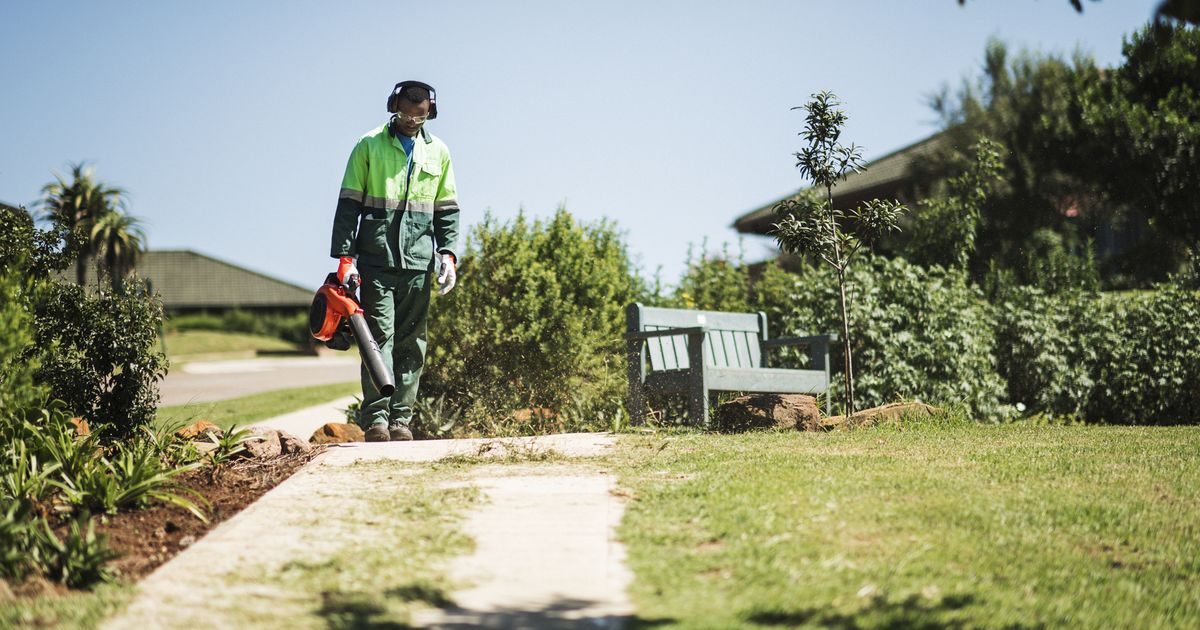
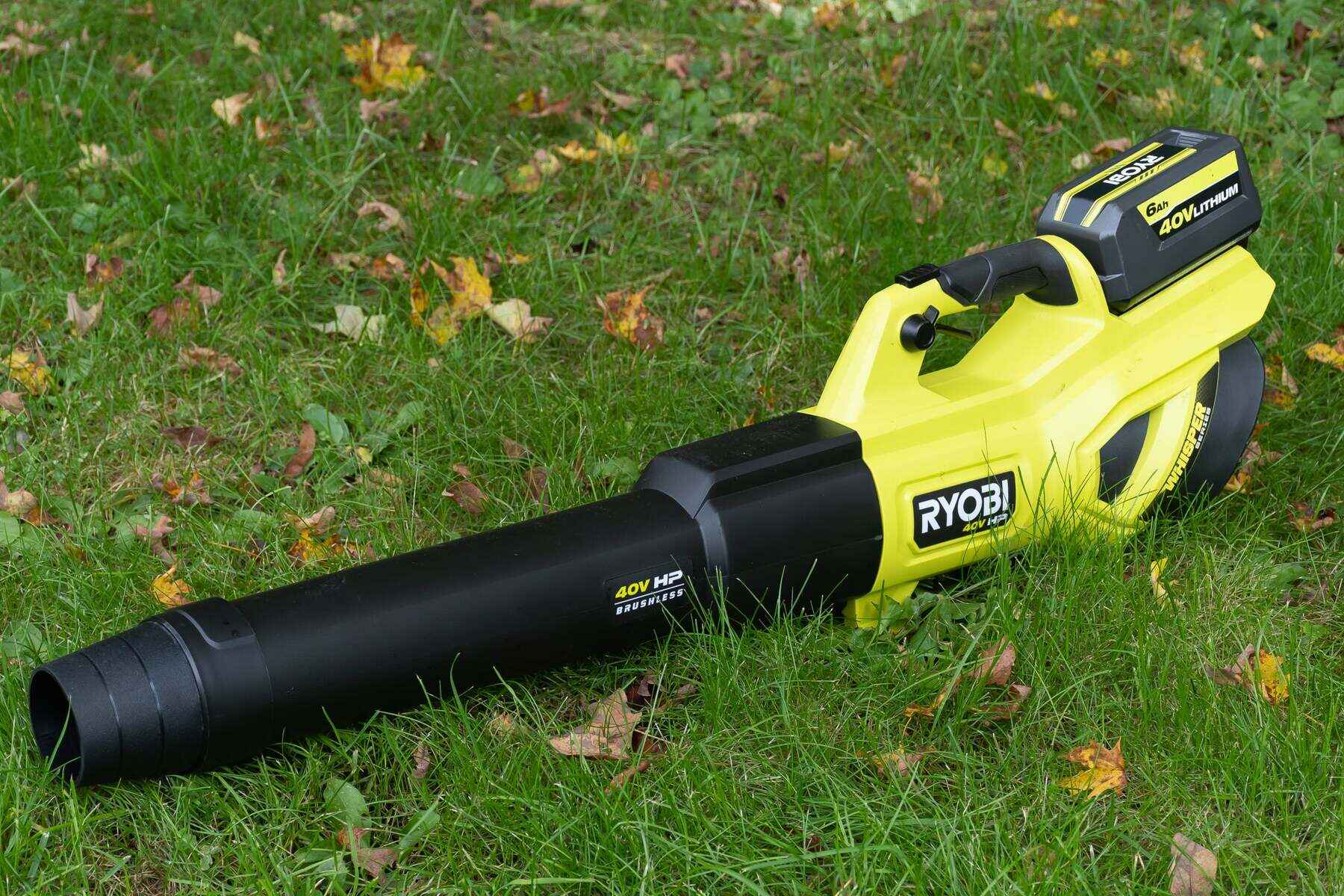
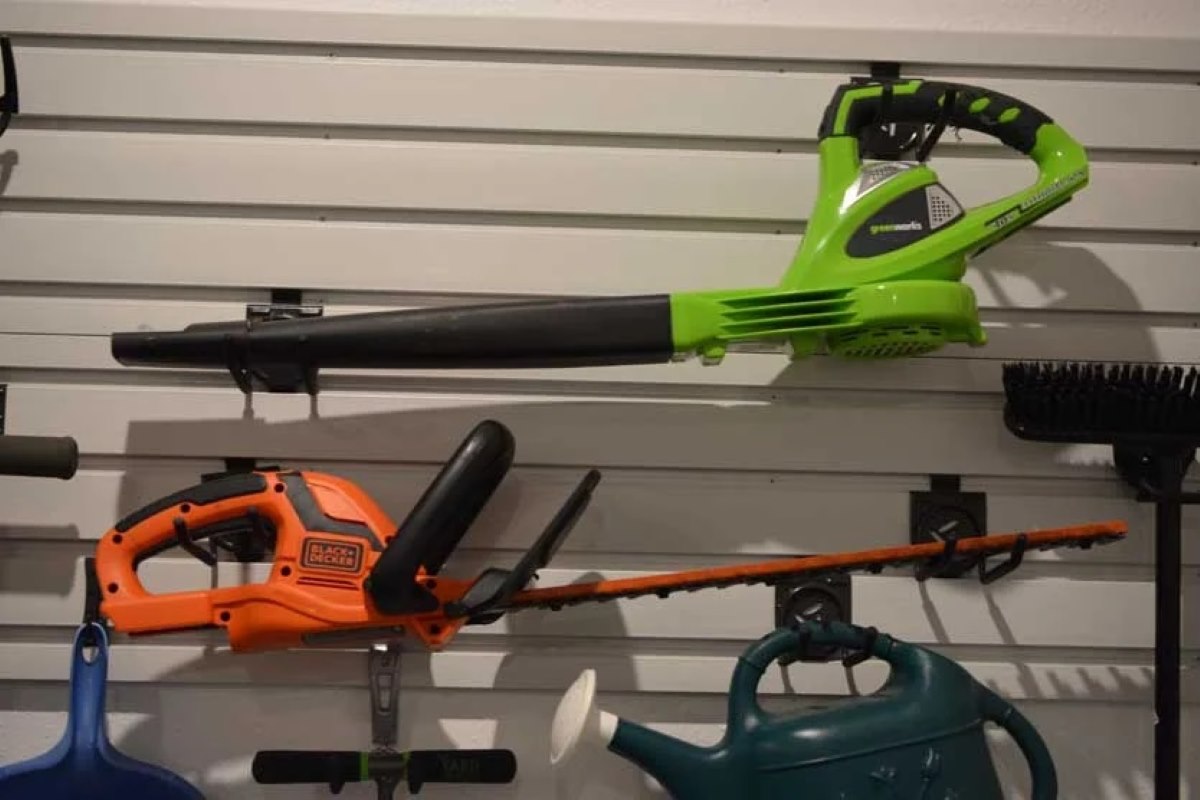
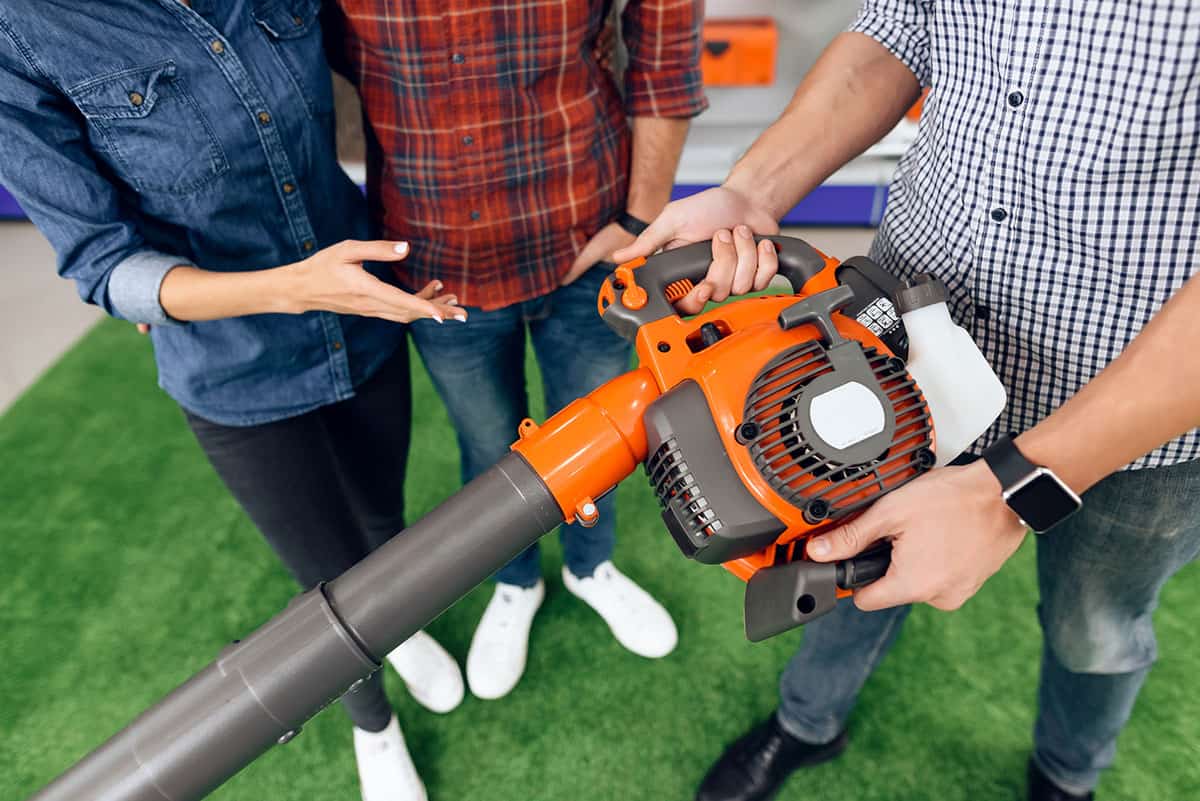

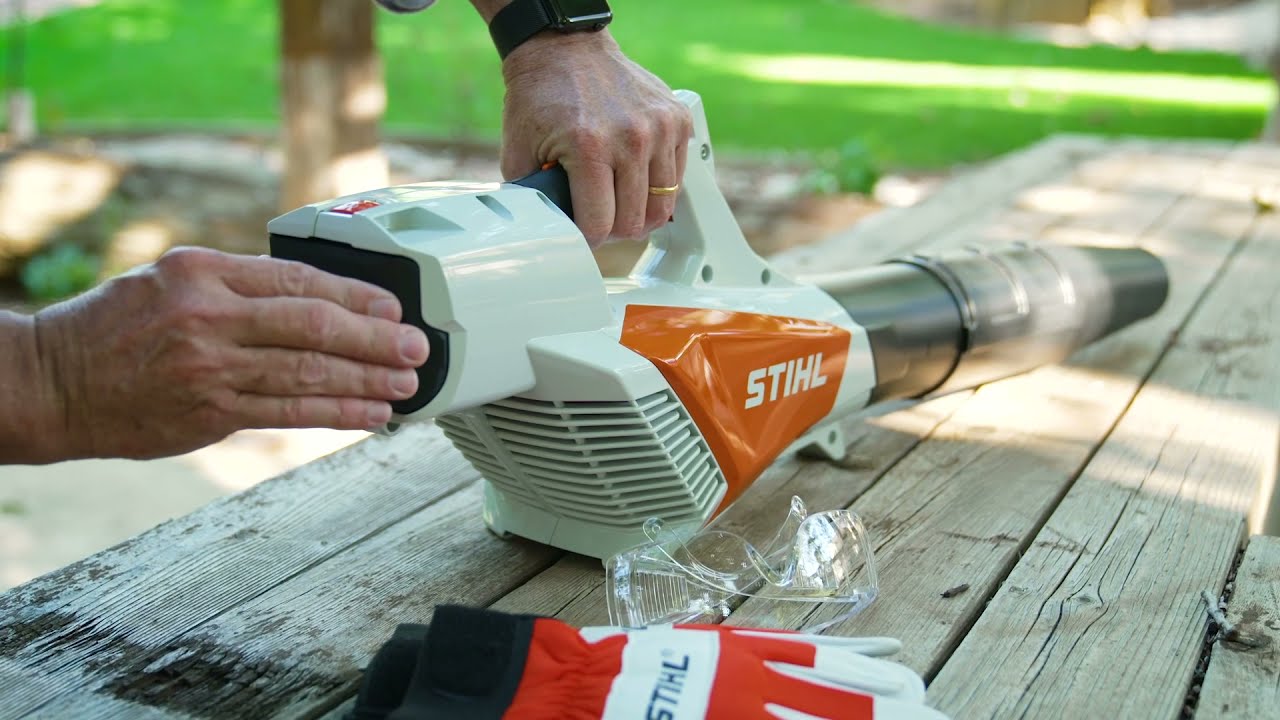
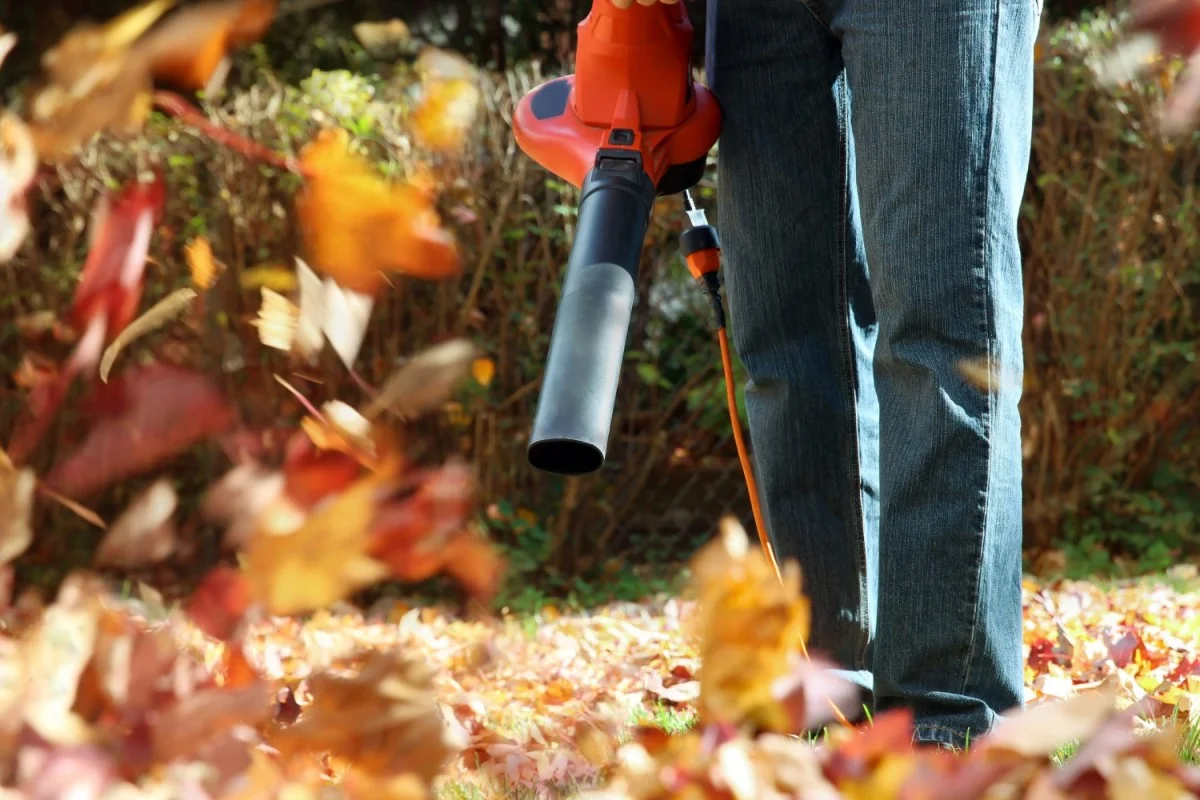

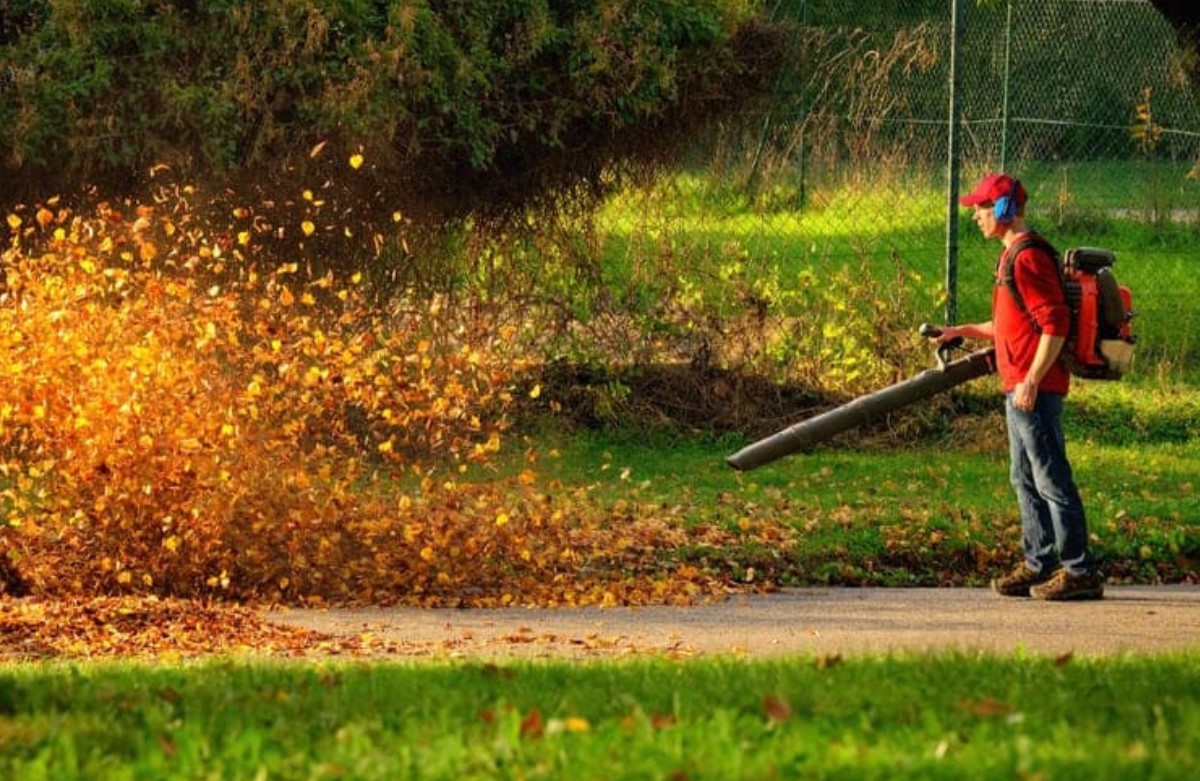
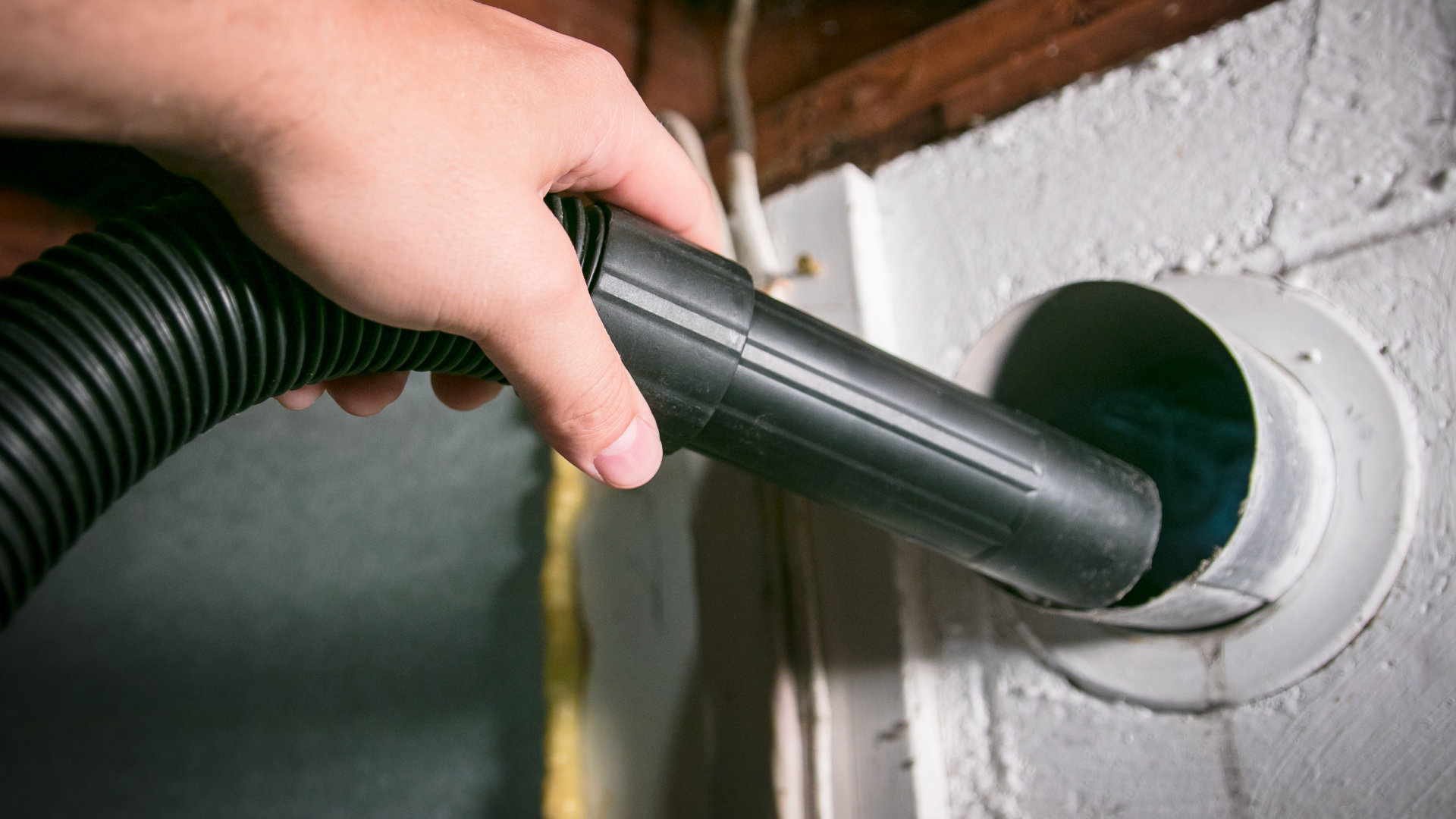
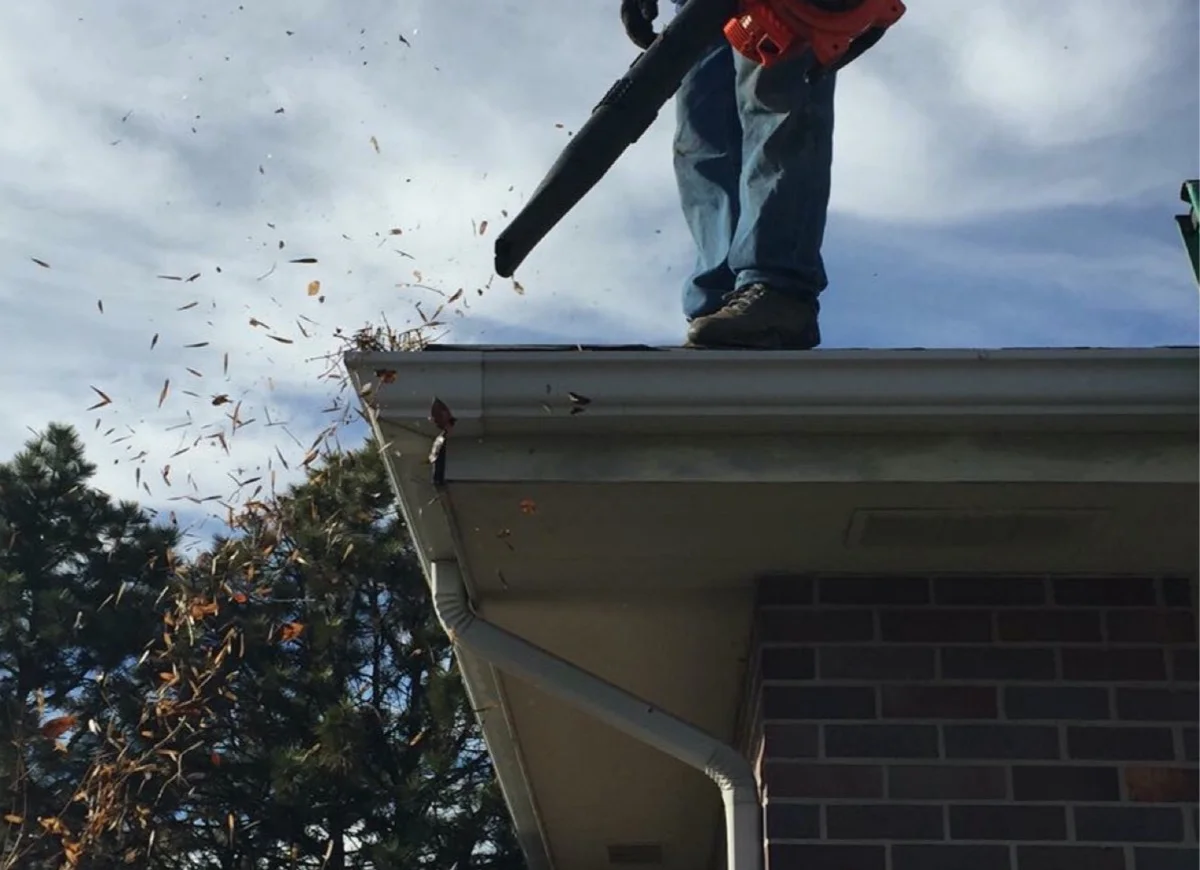
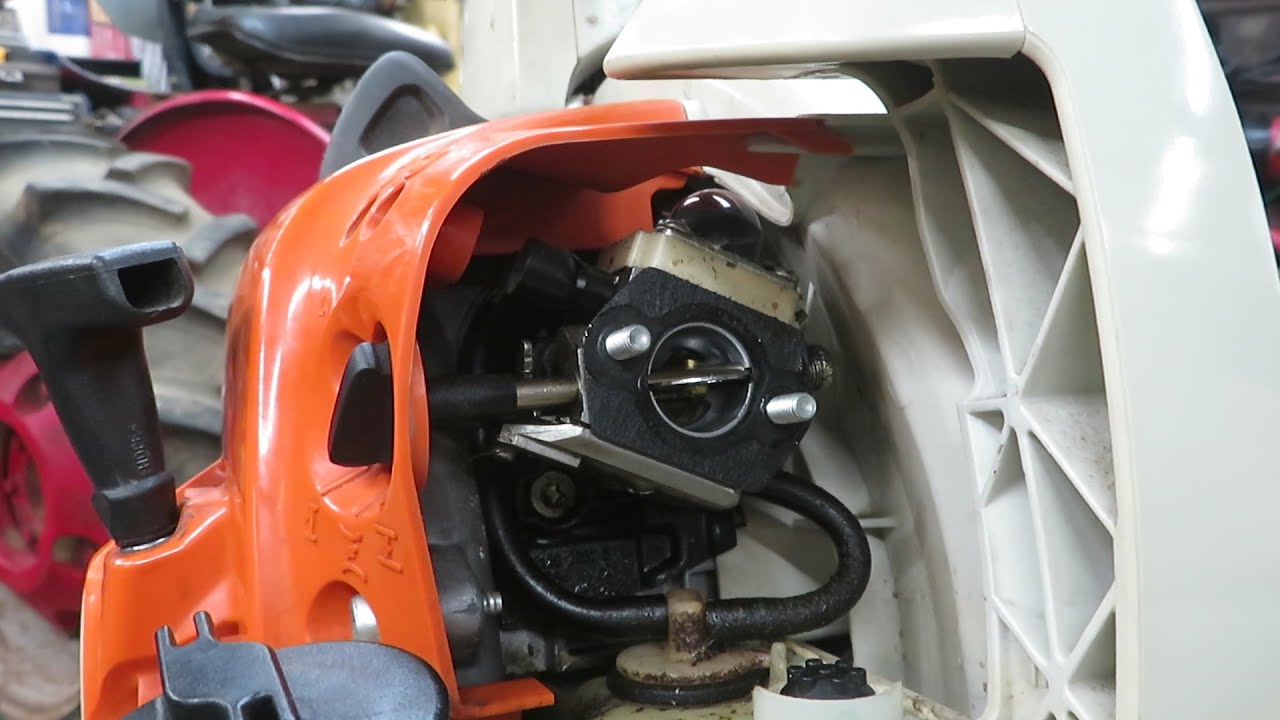
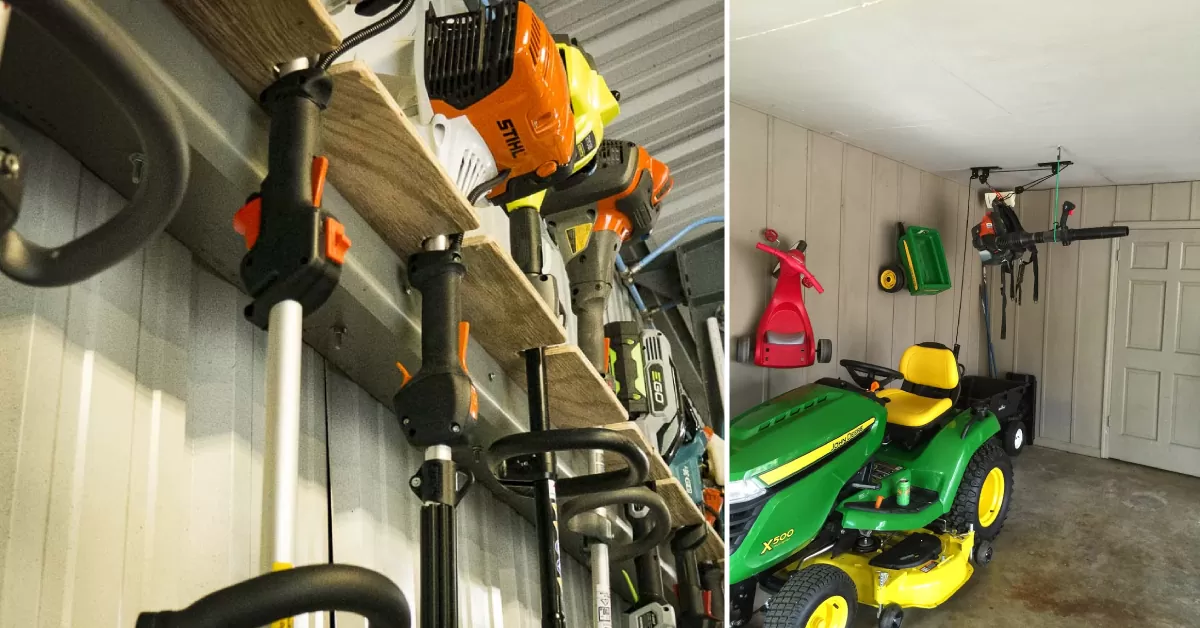
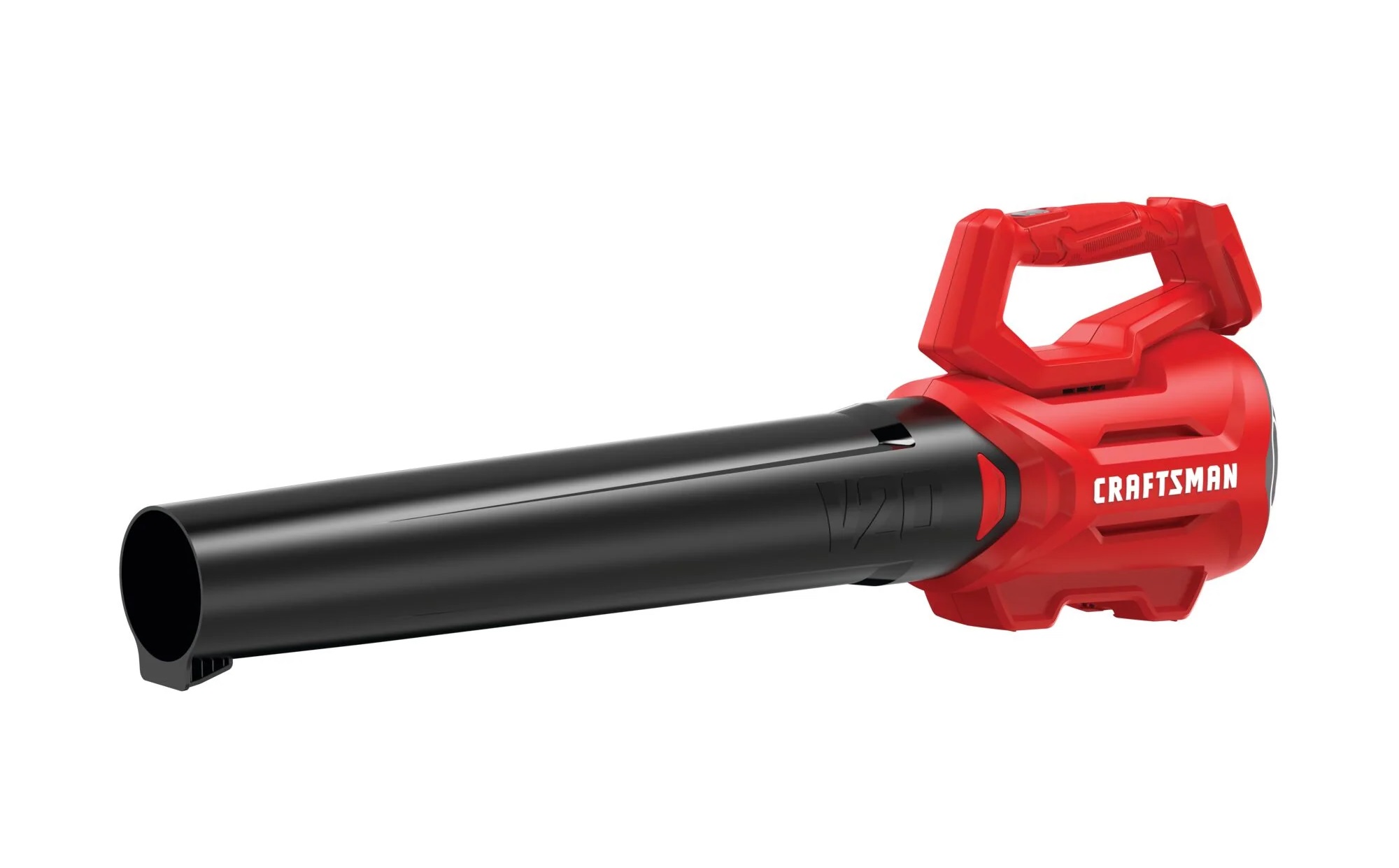

0 thoughts on “How To Dispose Of A Leaf Blower”